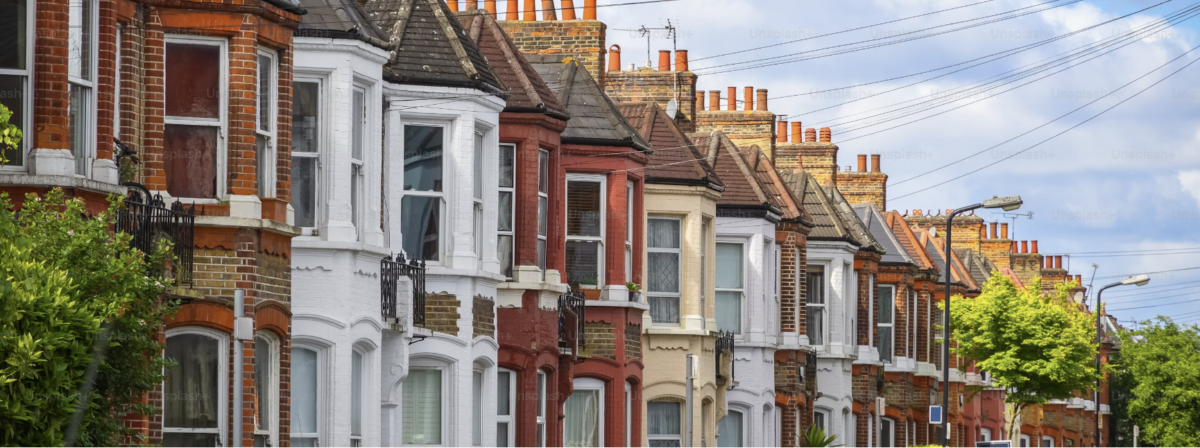UK Building Regulations Cost Guide 2024
The fees and costs when making an application for Building Regulations differ by local council, of which there are 317 in England, 32 in Scotland, 22 in Wales, and 11 in Northern Ireland. In this article, we’ll compare five local authorities in England – one in the North East, North West, South East, South West, and the Midlands.
We’ll also take a look at whose responsibility it is to apply for Building Regulations, the different types of Building Regulations applications, and approved documents.
What Are The Building Regulations?
In England and Wales, Building Regulations comprise 16 approved documents (ranging from A to S), and they cover the following aspects of construction:
| Building Regulations and Approved Documents | |
| Part A – Structure | Part J – Fuel |
| Part B – Fire Safety | Part K – On-site Safety |
| Part C – Contamination and damp | Part L – Conservation of Fuel and Power |
| Part D – Toxicity | Part M – Access |
| Part E – Sound | Part N – Glazing |
| Part F – Ventilation | Part O – Overheating |
| Part G – Hygiene | Part P – Electrics |
| Part H – Drainage | Part S – Infrastructure for Charging Electric Vehicles |
You can access a merged document on GOV.UK which shows the contents of each approved document. With over 1,500 pages, it’s not for the faint-hearted, though! But it is particularly useful if you need to perform a word search across all documents.
It’s important to remember that these regulations apply only to England and Wales. For Scotland and Northern Ireland, see:
These regulations are enforced by approved safety inspectors to protect people’s safety, health, and welfare in and around buildings.
The Types Of Building Regulations Approval
The three main types of Building Regulations applications are:
- Full plans applications, where documents and plans are submitted for approval
- Building notice applications, where work can be carried out without approval
- Regularisation applications, which is a retrospective application.
A full plans application is for more comprehensive construction projects like buildings and extensions, whereas a building notice application will suffice for more domestic building work and alterations. The latter is a faster process, and work can commence 48 hours after an application has been submitted (except where the work is a commercial project or close to a public sewer).
Regularisation applications are needed in instances where work has already happened but is not compliant; say, for example, a project took place in 2010, but a solicitor is requesting a completion certificate to proceed with a house purchase in 2024.
Even so, you would not be expected to comply with building regulations that have recently been introduced, such as Part S (Infrastructure for Charging Electric Vehicles). It only applies to regulations that were in place at the time.
Important! Homeowners and property owners are legally responsible for ensuring work carried out is done in accordance with Building Regulations.
The owner of the property doesn’t need to get approval if they use a contractor who is registered with a competent person scheme.

Who Can Approve Constructions?
While there is very little difference in cost, property owners now have a choice as to whether they wish to use:
- a local authority inspector employed by the local council; or
- an approved inspector from an approved building inspection company.
About one-fifth of approvals are now handled through private building control (PBCs) organisations without any involvement of the local authority. These firms must re-register with the Construction Industry Council every five years.
Any discrepancies or disagreements that cannot be resolved between the PBC and the client must be escalated to the local authority. Only they have the powers of enforcement.
Building Regulations Application Costs
Here is a table showing the cost of Building Regulations applications across five different councils. Please be mindful that Building Regulations costs are much more nuanced. For instance, there are separate costs for loft conversions, replacement windows and doors, commercial properties, and other alterations.
Here, we focus exclusively on a dwelling and an extension (between 10m2 and 40m2).
|
1 Dwelling (up to 300m2) |
Extension (10m2 to 40m2) |
||
| Local Authority | *Full Plan | Regularisation | Building Notice |
| Leeds City Council | £950.00 | £1,187.50 | £650.00 |
| North Somerset Council | £790.00 | £918.00 | £530.00 |
| Maidstone Borough Council | £1,134.00 | £1,214.22 | £809.00 |
| Preston City Council | £762.00 | Unspecified | £510.00 |
| Rutland County Council | £817.38 | £885.49 | £715.20 |
| Average Cost | £859.01 | £1,051.30 | £642.84 |
*Includes plan charge and inspection charge.
All prices shown include VAT, except in the case of regularisation where VAT is exempt.
Based on the above councils, the average cost for a full plan application for one dwelling is £860. To get an exact cost, you’ll need to find the information on your local authority’s website.
Some councils, however, are known to charge more, particularly those in Inner London. Westminster City Council sets its charges based on the value of the property. For a property that’s worth £250,000, you’ll pay an eye-watering £2,460.00 for a full plan application (and the same for a building notice charge), and it costs £3,075.00 for a regularisation application.
The higher the property value, the more you pay.
Other councils fail to display all costs on their website. For instance, Liverpool City Council displays application costs for extensions but not new-build dwellings. You will need to contact them directly or fill in an enquiry form to get the answers you need.
What’s The Difference Between Planning Permission And Building Regulations?
Many confuse the Building Regulations approval process with the planning permission approval process. In many instances, you require both.
Remember, Building Regulations is primarily concerned with ensuring that work has been carried out correctly, such as:
- the structural stability of the building;
- fire safety measures;
- the design standards for sanitary pipework and drainage; and
- the inspection and testing of electrical installations.
Planning permission, however, is concerned with the external appearance of the building, to ensure that a building is in keeping with the local environment. In essence, it’s there to avoid architectural eyesores.
Obtaining A Building Regs Certificate
Once the inspector signs off the project in accordance with Building Regulations, they will issue you with a completion certificate. The property owner must retain this (as well as a copy of the planning permission) if they ever wish to sell. Lenders and property insurers may also request a copy.
You may also need this as proof if you wish to claim VAT on the expense (where applicable).
What happens if you misplace your Building Regulations certificate? Your local authority should be able to provide you with a copy of your certificate or full plans approval notice.
What Happens Once An Application Has Been Sent?
After sending an application to a local authority or a PBC, they will get in touch with the applicant to arrange inspections at various phases of the building project to inspect the property. If the property owner has taken the decision to deviate from the approved plans (which is fairly common), they need to liaise with the local authority or PBC to discuss any implications this has.
Ensure You Comply With The Building Regulations
Suppose your local authority deems the work to be unsatisfactory. In that case, they have the power to order you to pull down the work or serve an enforcement notice to bring it up to standard (which can be served no later than 12 months after the completion of the building work).
If the owner of the property fails to comply with the notice, the local authority can undertake the work itself and recover the associated costs from the owner.
In some cases, this entails prosecution in the Magistrates’ Court where an unlimited fine is imposed (sections 35 and 35A of the Building Act 1984).

